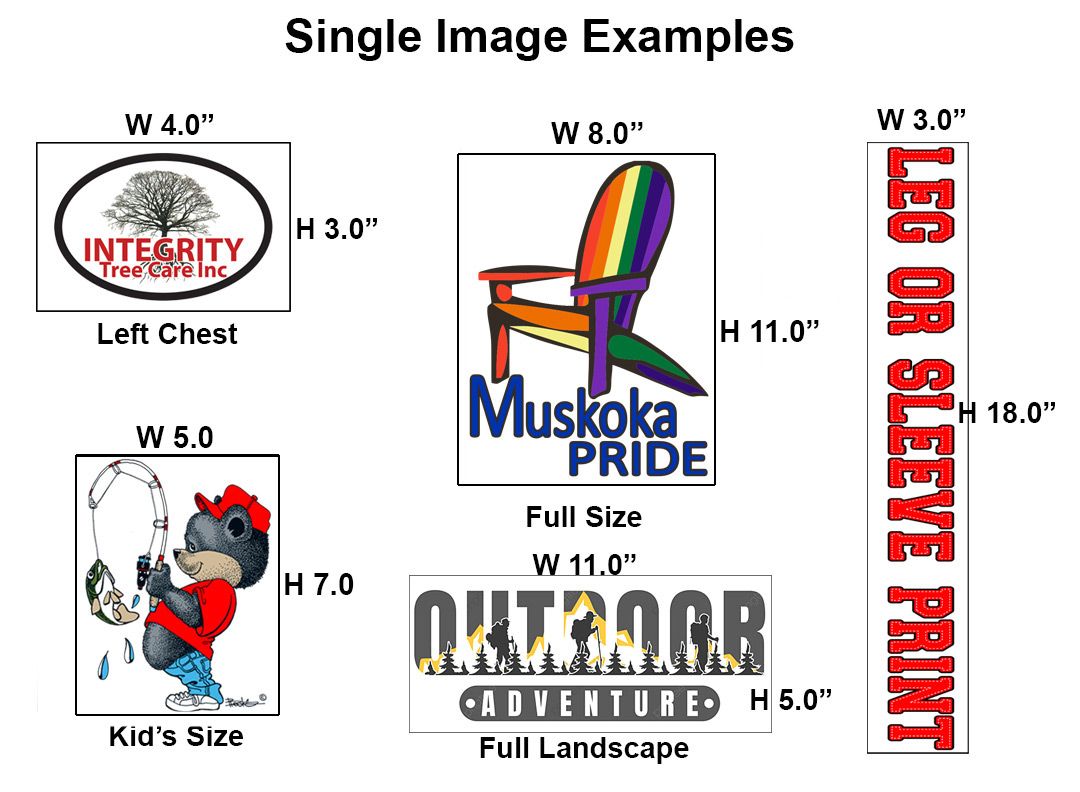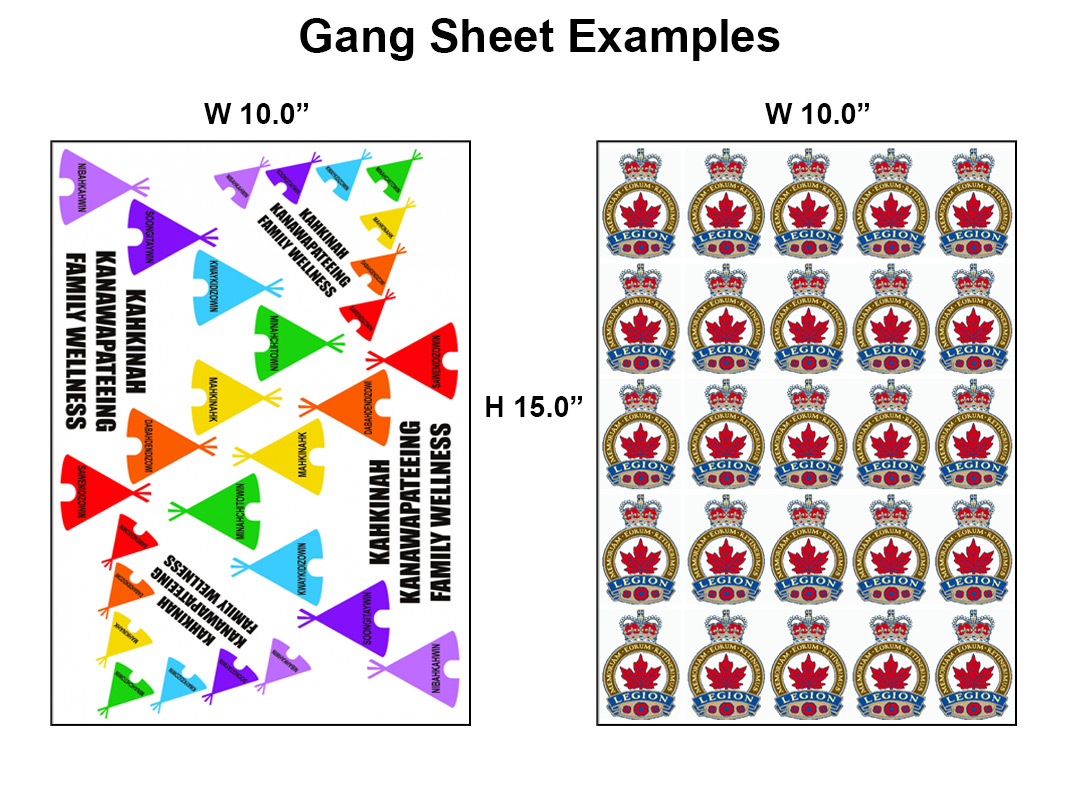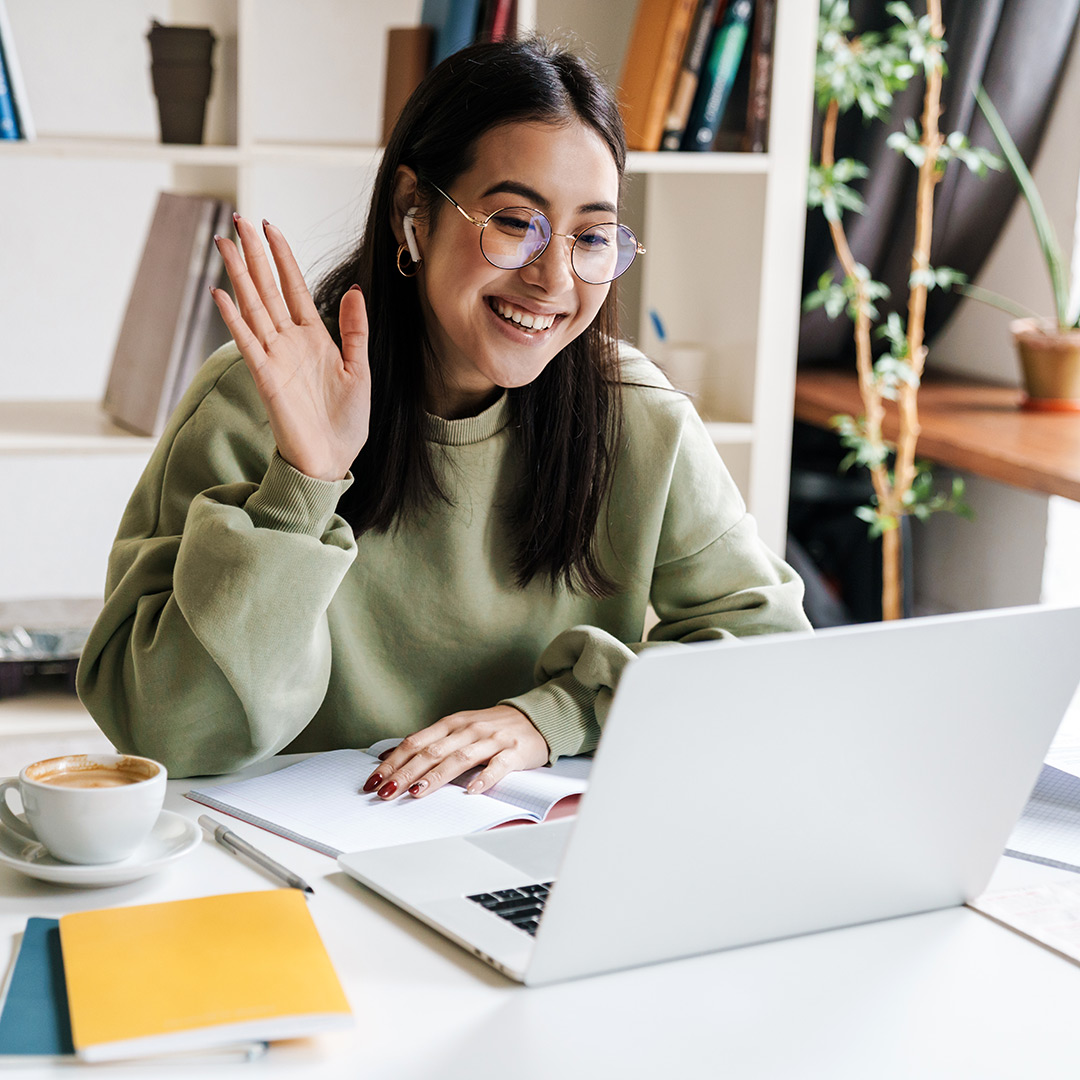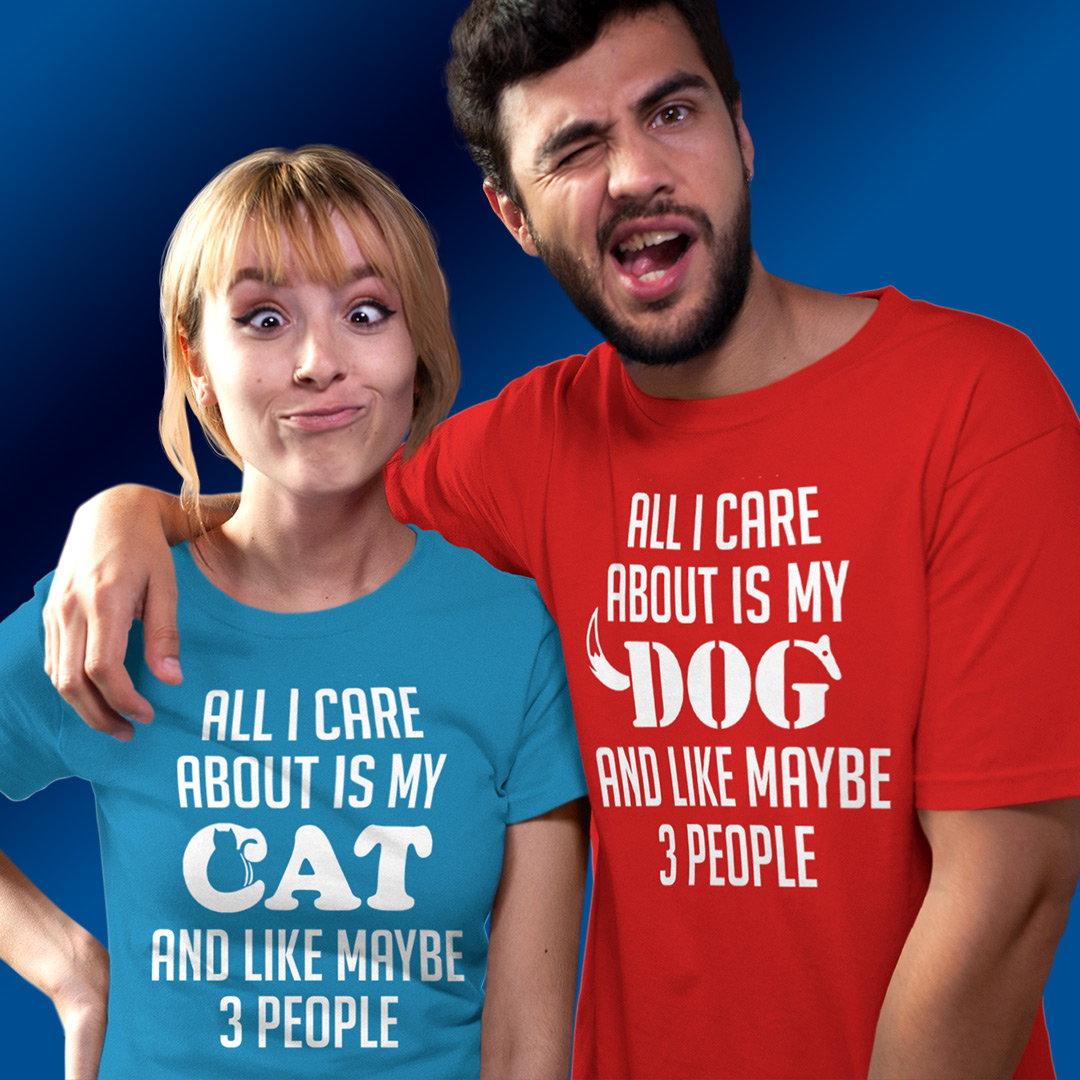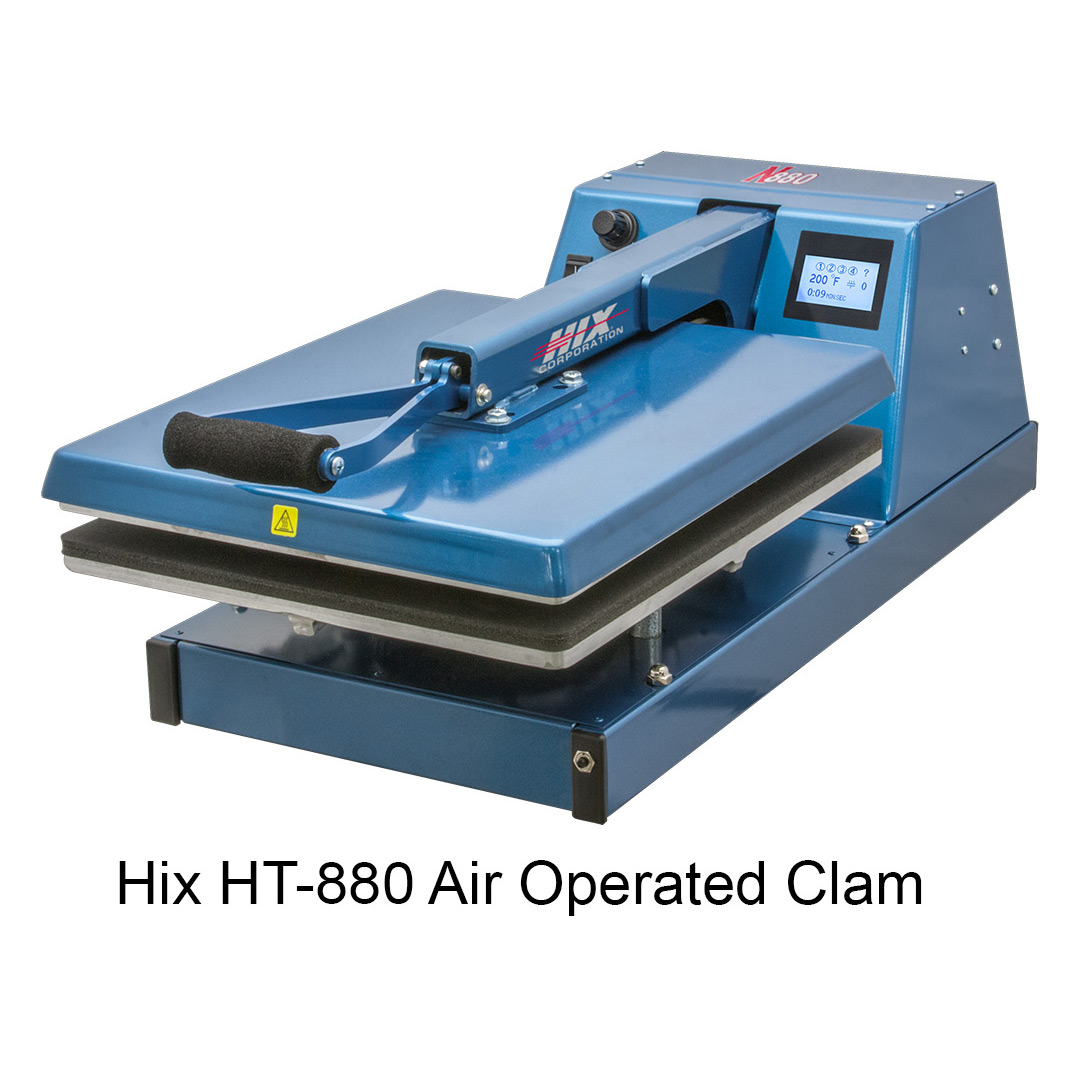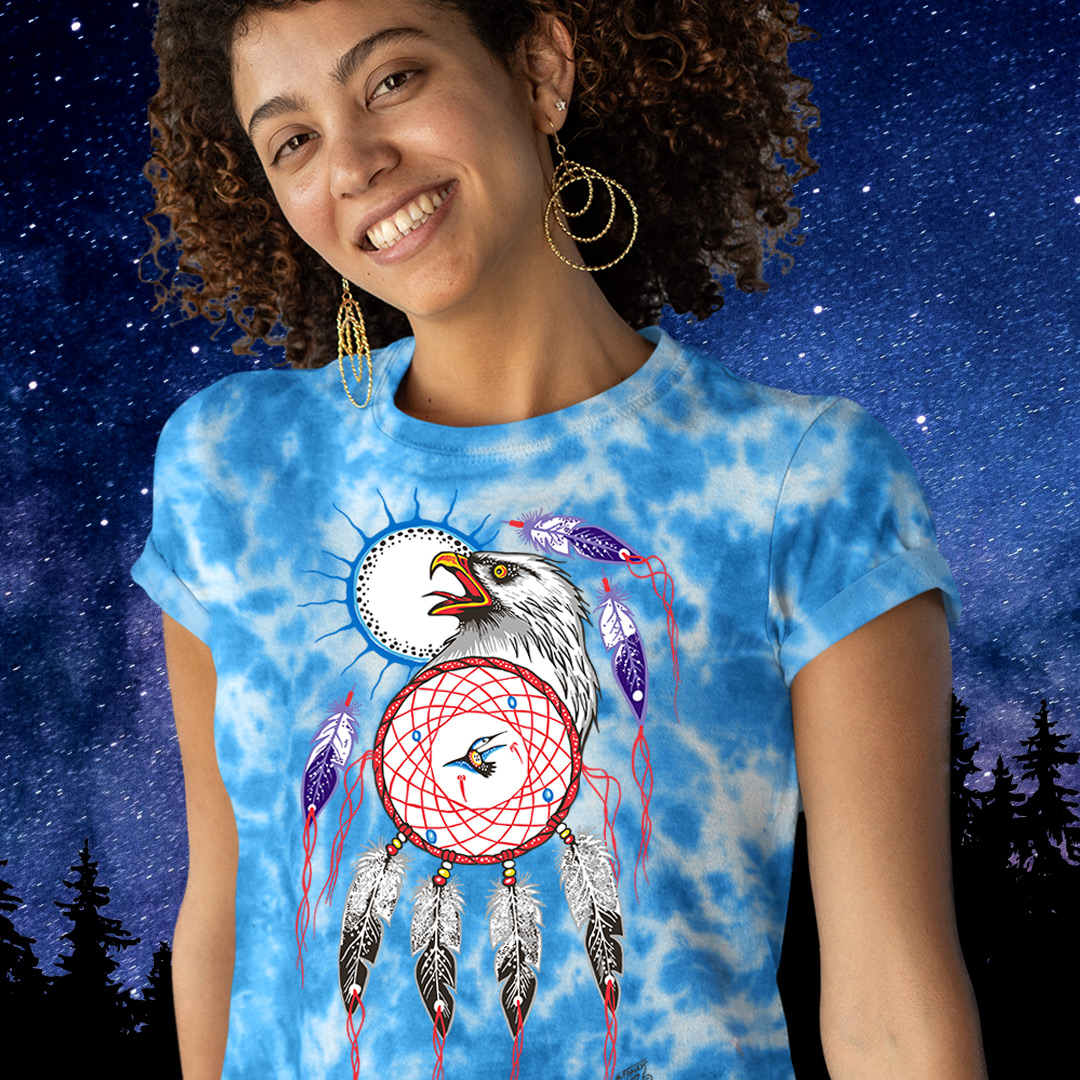DTF, or Direct to Film, is a new technology where designs are printed onto special clear polyester film using digital water-based inks and a powder adhesive coating. You can then heat press the transfer design directly onto your garment (or almost anything else for that matter).
DTF transfers promise to allow anyone from small to large shops, hobbyists, and brands to print any design on any product. There is virtually no limitation to what you can print whether you need bright white, solids, gradients, unlimited colours, or fine lines! You can use DTF transfers in place of vinyl, screen printing, sublimation, and more.
So ... apparently DTF transfers are easier, cleaner, brighter, more durable, and more flexible than any transfer you've worked with before! Now, that's a pretty strong claim!
As good as they are, DTF transfers are not going to replace screen printed transfers in all cases. Why? Because if you are printing a large run with just a couple of colours they cost more. There is no price break for a larger run or the number of colours. You pay for the film used. And our DyeBlocker™ transfers offer an excellent hybrid solution that combines the quality and opacity of DTF with the efficiency of screen prints for larger projects.
But if you are doing a short run (say 24 or less) and you've got a few colours in your design (say 3 or more) then a DTF transfer could very well be the best solution (especially if your print is small). Our order system will give you a heads-up when a DTF transfer sheet will cost less.
So for us, offering DTF transfer solutions through our site, along with our screen prints, is an exciting logical step. Our customers are small decorators that, in many cases, DTF transfers will be a better solution than our screen printed transfers. And of course our personal service comes with it.
Unlike screen printing the trick to keeping the cost/print as low as possible is to order the smallest sheet size your design will fit into. Avoid any unprinted space on the sheet. For example ... if you are printing a small left chest and a full back don't gang them on the same sheet. Split them up and make two orders, each exactly the size you need. That way you will get the best value per print.
To give you most flexibility in achieving a efficient use of film you can choose sheet sizes from width 2.0 to 22.0 and height 2.0 to 22.0 . Of course you can use these sheet sizes in either portrait or landscape mode.
If you are printing a "gang sheet" then you will generally use a larger sheet and pack it with any number of images. They can be multiples of the same images or a mix of any number of various images that will fit on the sheet. Pack the sheet full to get the best value per print.
